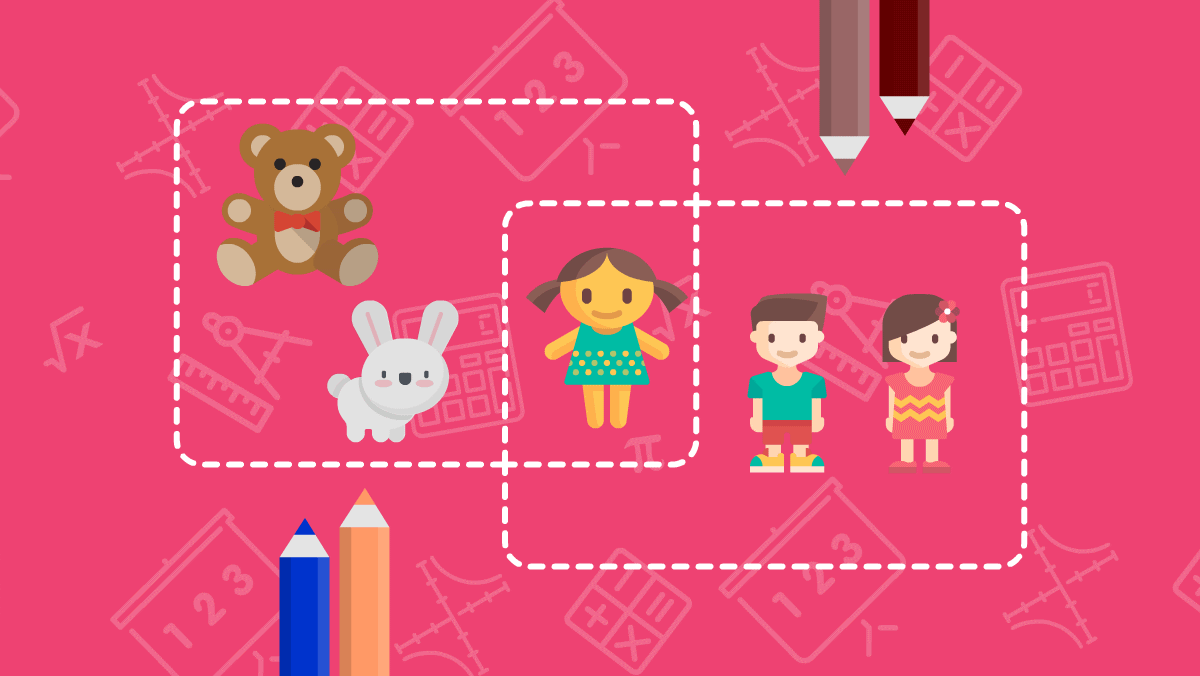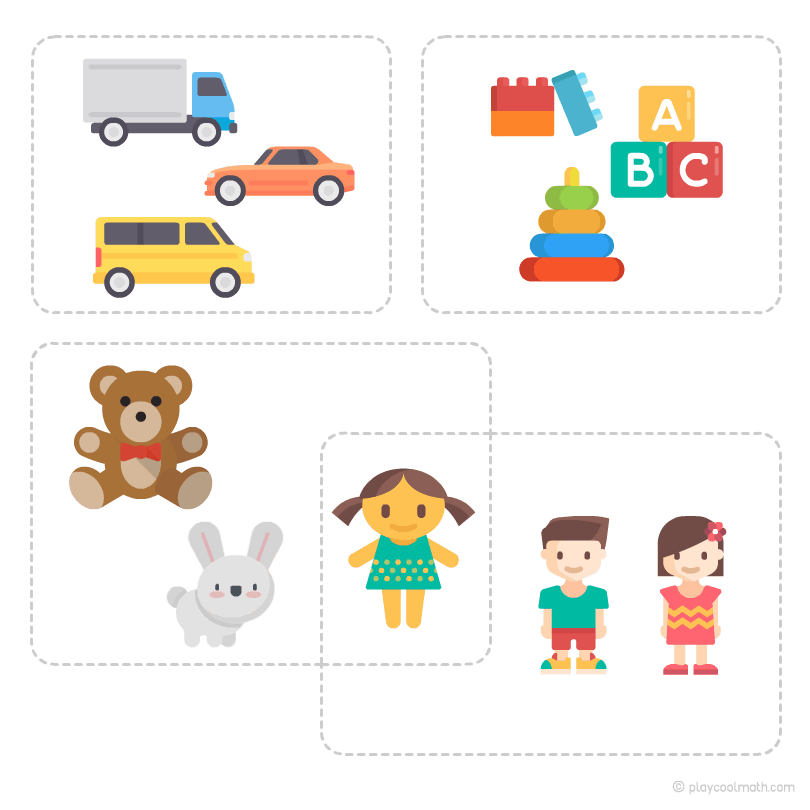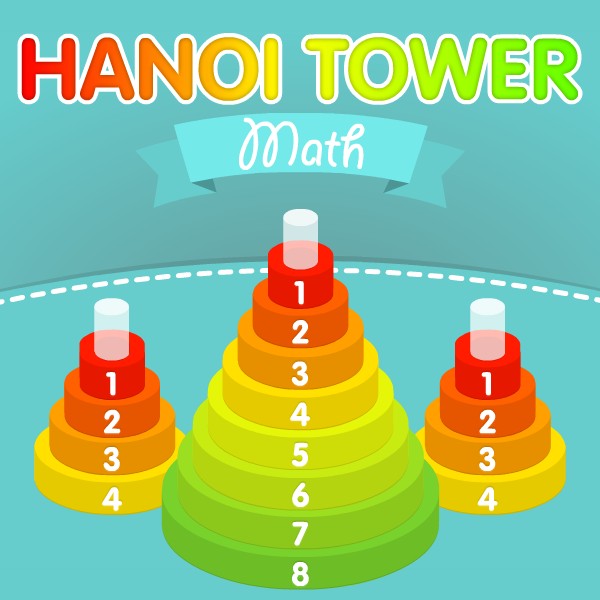
Here is a question: what is the relationship between the properties of objects and maths? At first glance, it seems that there is no connection, but if you think about it and look at it from the other side, then you will find the connection. Let's see together.
Objects and their properties
What is an object?
Look around. What do you think is an object? If you are reading this lesson, then there is a phone or a computer or a laptop next to you. Do you think they can be called objects? Of course, they can - these things are objects. You can touch them, they have shape and weight. If the object fell and broke into small parts, it is not an object any more. It is difficult to consider it as a separate object as it is not like that. A broken vase is not a vase, but small glass.
The most important thing when determining an object is its properties, signs and characteristics. Let's take a pencil as an example. Let's define what properties the pencil possesses. Pencils differ in color. If the pencils are new, they are all the same size. If they are not new, you can notice that one pencil is smaller than the other one in length. The second property used to differ pencils is their length. All the properties of objects that are counted and compared quantitatively can be called mathematical properties. Of the two properties of a pencil, there is only one related to maths: it is the size, because it can be counted and compared. We need a ruler for this. After measuring the length of each pencil, you can find out which one is the largest and smallest one. It can be done without a ruler if you put pencils together and compare visually - you will see at once which one is larger or smaller. Look at the picture and determine which is the smallest or the biggest one of pencils.

Try to determine independently the properties of such items as a fork, a book, lego blocks, and which of the properties can be called mathematical and why.
Fork
- Material (can be iron, plastic, wooden);
- Number of teeth (there can be 2, 3, 4 teeth and so on);
- Size and function (there is a dining fork, a dessert and a tea one etc.).
Mathematical properties: number of teeth, size.
Book
- Size (can be large or small);
- Number of pages (sometimes thin, thick);
- Genre (there are different genres: stories, plays, novels and so on);
- Binding (can be hard or soft).
Math properties: Size and number of pages.
Lego Blocks
- Form;
- Number of connection points on the top;
- Color.
Mathematical properties: Number of connecting points on top.
Groups of objects
For example, there are the following objects on the table: an apple, a plum, a pear and an apricot. They differ in shape and color, but they are all sweet and grow on trees - it's fruits. You can find another group in the fridge: a tomato, a cucumber, an onion and a potato - they are vegetables. Beasts, birds, flowers, insects are all separate groups that have similar properties.
For example, your toys represent a group of your things that you play. Toys can be divided into subgroups: stuffed toys (all toys are stuffed), dolls (they have a human appearance), cars (all have wheels), lego toys (they consist of small parts used to assemble something) and so on.

Now try it yourself. Find a common property for the following groups: birds, fish, domestic animals.
- Birds have wings and a beak. Almost all birds can fly;
- Fish - all fish live in water and can swim;
- Pets are tame animals that live near the person who cares about them.
We’ve learnt about objects, a group of objects and its properties. Next, we will learn to compare them. Find what they have in common and how they differ. What is bigger and what is smaller, higher or lower. And this is just real maths. Do not forget to practice and pass all the tests for this lesson.
